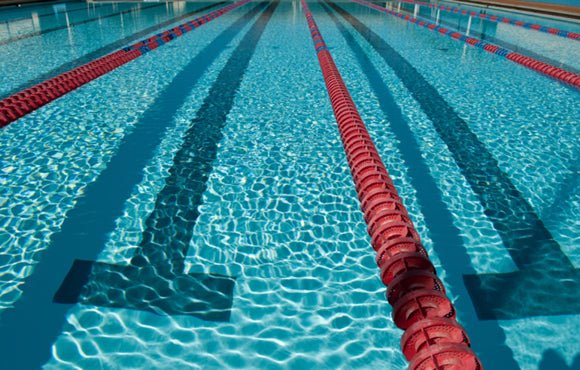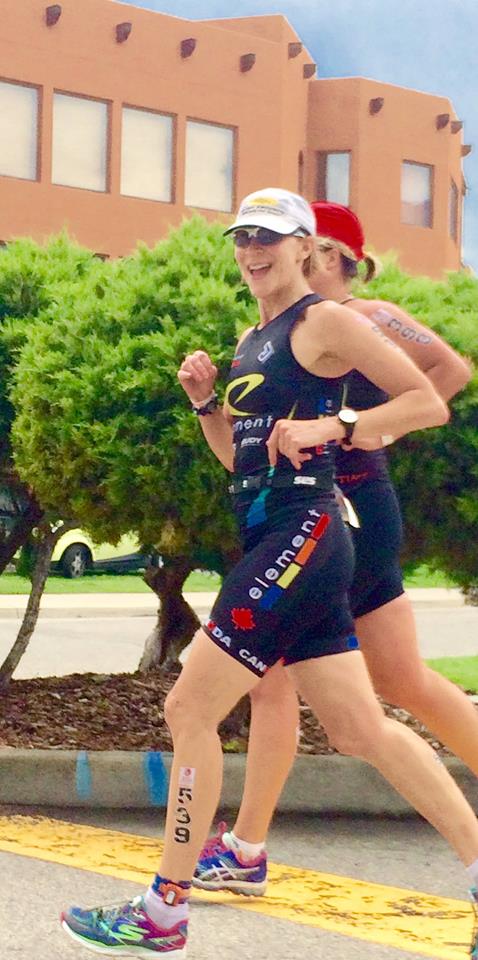How To Get Faster In The Swim? This Trick Really Works!

I got you to read this far so clearly that got your attention. Swim, bike & run training has one thing in common with diet trends: people are often looking for that quick fix, that trick, that will give them big results with just a little something. Unfortunately, there is no quick fix, there is no trick, there is no instant miracle to gain more speed with no extra effort. At least, you won't find it here and I certainly haven't found it yet. But if you want to get faster in the swim, there is something you can do.
The 'Trick'
So, here's the 'trick' I read in an article on TriSwimCoach.com (which inspired this article): in order to swim better, swim more. Yup, that's it. No surprises, no tricks, just more work. They explain it very well and succinctly: form declines during a workout or a race for one of two reasons:
- You've reached the limits of your endurance.
- You've lost your focus and your form falls apart as your mind wanders.
The training effect from more swimming, biking and running will build the endurance you need so you can maintain proper form for the duration of your event.
Do Quality Workouts
As for mental focus, there is a technique that will work and will help kick up your fitness level at the same time: mix it up with intervals. Quality workouts not only break up the tedium of a longer set or session that causes mental drift but it also tests your physiology and ups your fitness levels. There are decades of studies and evidence to support this so trust the science and do the harder work. As I often say:
More isn't necessarily better; better is better.
Workout Quality: Break It Up Into Intervals
If your next question is what intervals to do, consider these points:
- Intervals are just durations of time where you train at levels over or under a certain benchmark effort level. A rest interval will follow an interval or set of intervals. The length of the rest interval is variable, depending on the overall goal of the interval set.
- How long you spend over and how long you spend under that benchmark will test different thresholds.
- Harder intervals will be shorter and require more recovery relative to a less stressful interval.
- You can use objective data like VO2Max, heart rate limits, and power data like FTP (Functional Threshold Power for the bike to get objective metrics to guide your effort level. However, even without doing any testing to determine what your benchmarks are, you know what 'uncomfortable' means and will know how to get your body there.
- Perceived exertion scales like the Borg Scale can be used to describe and manage exertion levels fairly accurately if you aren't able to use more objective metrics.
- You can also get scientific in determining which type and duration of intervals to do when and in what discipline but, even without all that technicality, just doing something is better than doing nothing.
- With some intervals, failure is always an option. If you get push hard enough that you are eventually unable to repeat the intended effort, you know you'll have tested your limits.
My goal is to always at least one challenging interval workout in each discipline each week. The nature and duration of workouts are ideally periodized according to the point you are at in your training, but, at a certain point, you just have to get started. It almost doesn't matter what you do and when you do it as long as you get started. That is the only real trick.
Tips To Keep All of Your Training Interesting
Here's my last list for today. Here's what I've found works for me:
- For swim workouts, I always have a plan for pool sessions. I find it too boring to just do mindless laps so I always break it up into sets with different intensities and durations.
- Ditto for treadmill workouts on the run. I run on the treadmill a lot, a lot, in the winter. I live in Edmonton, Alberta, Canada and I don't like cold weather. Plus, icy conditions make it impossible to safely do any speedwork in the winters. So, the treadmill is my run destination and it can get monotonous. So I break up even a short 30 minute run with changes in incline and speed.
- I ride 3 to 4 times a week indoors and most of those will be interval based, and at least 2 of those sessions will have high-intensity sets. It's hard but the high-intensity sessions are short, resulting in effective training without spending mindless hours on a trainer.
- I now ride on Zwift and it has made indoor riding more engaging. There are opportunities to join group rides, enter events and races and to earn rewards for training. Plus, now that I know I am part of a new tribe on Zwift, I know any of them can check up on me to make sure I'm still working hard. I find that level of accountability motivating. I want to keep getting "Ride On"s from my fellow Zwifters.
You will find a system and a rhythm that works for you. Hopefully, some of my 'tricks' will give you some ideas.
(If you want more suggestions, even some of my specific workouts, you know all you have to do is ask!)
Thank you!
There are so many blogs out there talking triathlon, cycling & swimming, covering issues ranging from training to gear to motivation. Seriously, if read them all, you'd never have time to train. How you found me, I'm not sure but entirely thankful that you've taken the time to find us here and read along. Thank you for reading this and I hope you found something you can use to add spice to your training diet.




Comments